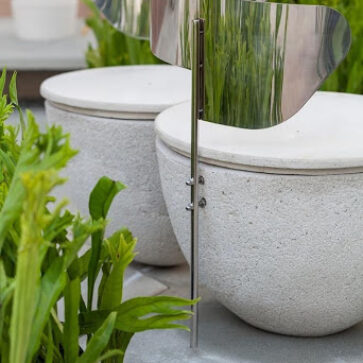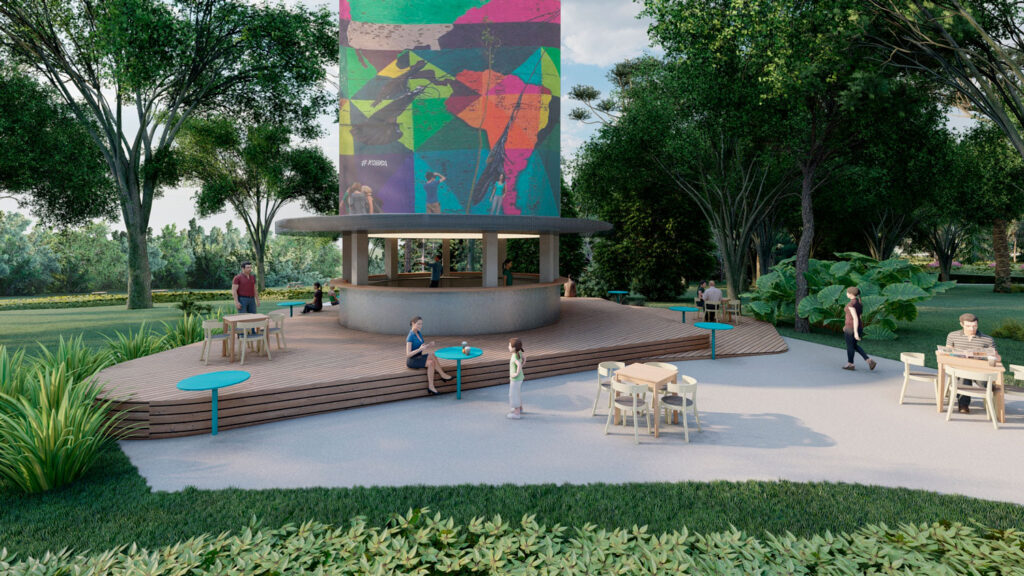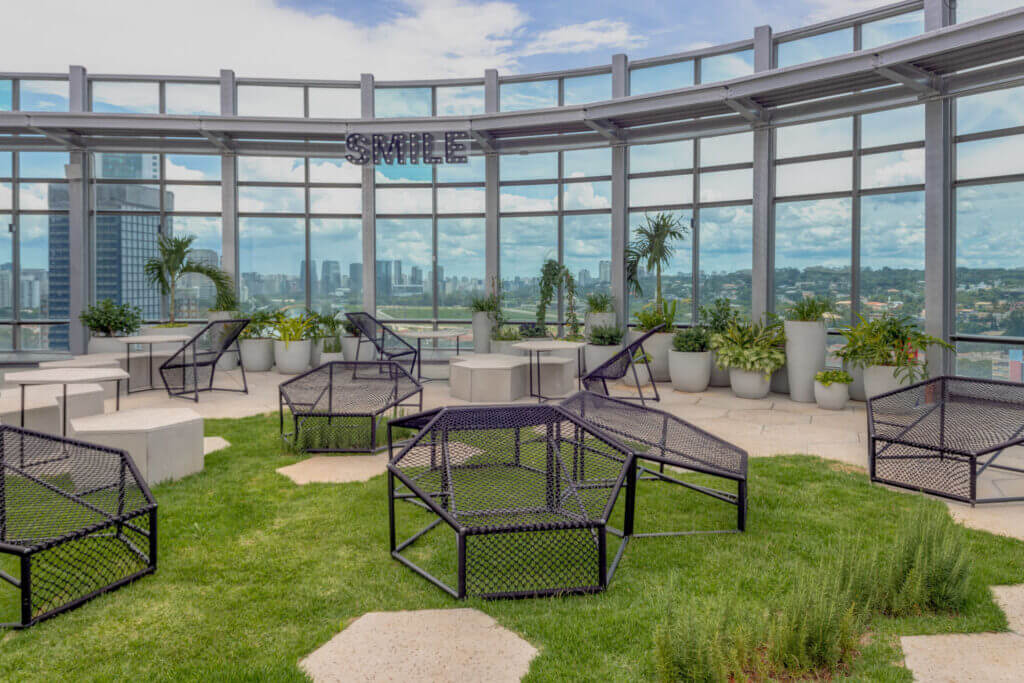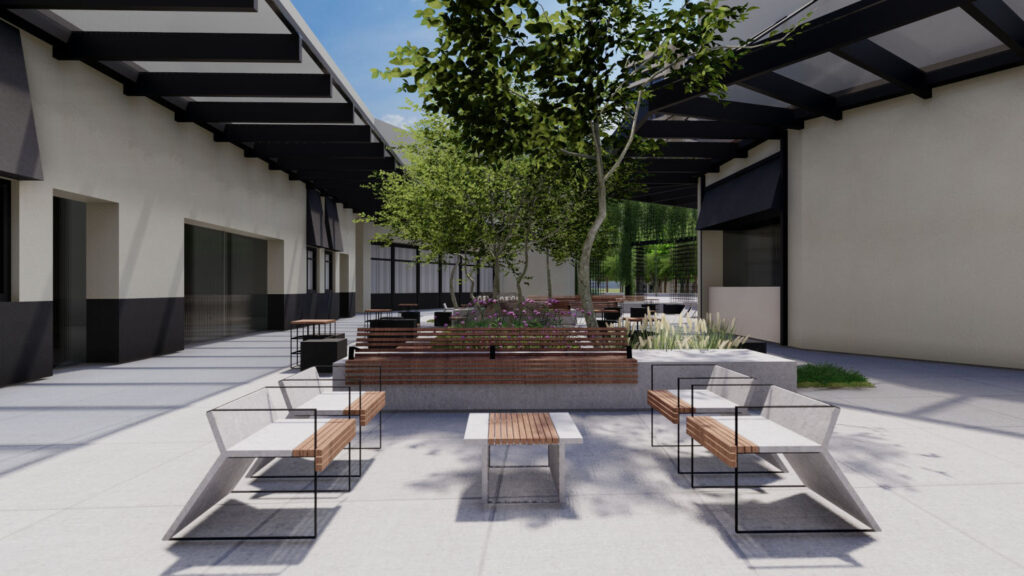As macrotendências são correntes de pensamento que influenciam o comportamento da sociedade e que se manifestam por meio da arquitetura, da moda, das artes, enfim, por todas as expressões culturais e sociais de um tempo. Uma das expressões percebidas, já há alguns anos, é a do Minimalismo, que foi responsável pela inversão do valor material e superficial pela valorização do essencial e deu força à postura de que menos é mais.
O Minimalismo é uma ruptura com o passado, um espírito de limpeza aos excessos, que reforça a qualidade em detrimento da quantidade. O Minimalismo pode ser algo inteiramente moderno e novo. O design minimalista traz menos linhas, menos cores, menos materiais e, assim, acaba por refletir uma sensação de leveza aos lugares e objetos, dada a percepção de simplicidade.
Essa linguagem estética pode ser aplicada a diversos contextos, incluindo ambientes externos, como o jardim minimalista, que utiliza poucos elementos, formas simples e plantas cuidadosamente selecionadas para criar um espaço harmonioso, funcional e atemporal.
O design minimalista pode ser aplicado a todos os estilos de arquitetura e objetos, e acaba por ser uma linguagem mais duradoura, visto que traz menos referências de composição. O fato de ter um desenho mais sintético colabora também para que os lugares e objetos perdurem mais tempo e consigam se mesclar a outras estéticas, sejam anteriores ou as que virão.
Generally, objects have few materials in their composition, and their shapes are more simplified. The architecture floors are monolithic, with solid color walls in light tones. Such aesthetic simplicity, filled with a feeling of simplicity of spirit, strengthens contact with nature and its elements in the search for the essential.
In this context, the projects of landscaping minimalists are, therefore, extremely integrated into architecture and create simple compositions of landscapes, with few species, and in a constant search for balance between the built and the natural landscape. The designs have sharp lines and create a deep sense of place.
The minimalist garden is a contemporary reading, but it maintains secular gardening concepts. From the point of view of the evolution of gardens, we can verify that Minimalism is the continuation of a tradition perceived in oriental gardens, which use few species of plants and organize external spaces with natural elements, such as sand, stone and water, in a very synthetic.
Today, landscape construction goes hand in hand with technology, in which the use of the best solutions and materials reduces the number of elements. The minimalist garden is becoming more and more popular, especially among those who want a peaceful place in their daily lives.
know more about minimalist architecture
4 characteristics of minimalist design
We can conclude, therefore, that minimalist design, whether of an object, a place or a landscape, proposes to:
- possess the ability not to tire or addict the look;
- reflect the lightness and simplicity of the way of thinking;
- contribute to a simpler life without so many excesses;
- fulfill the function precisely, without losing the aesthetic charm.
A Plantar Ideias não se rotula como minimalista, entretanto, desenvolve projetos e produtos atemporais que se materializam em lugares e objetos integrados à natureza, proporcionando experiências leves, harmônicas e tropicais, integrando-se, assim, com grande facilidade, a propostas com personalidade.
Find out more about the furniture created by Plant Ideas and see how they suit the minimalist concept.
Check also: 5 reasons to apply Biophilia in your work environment





